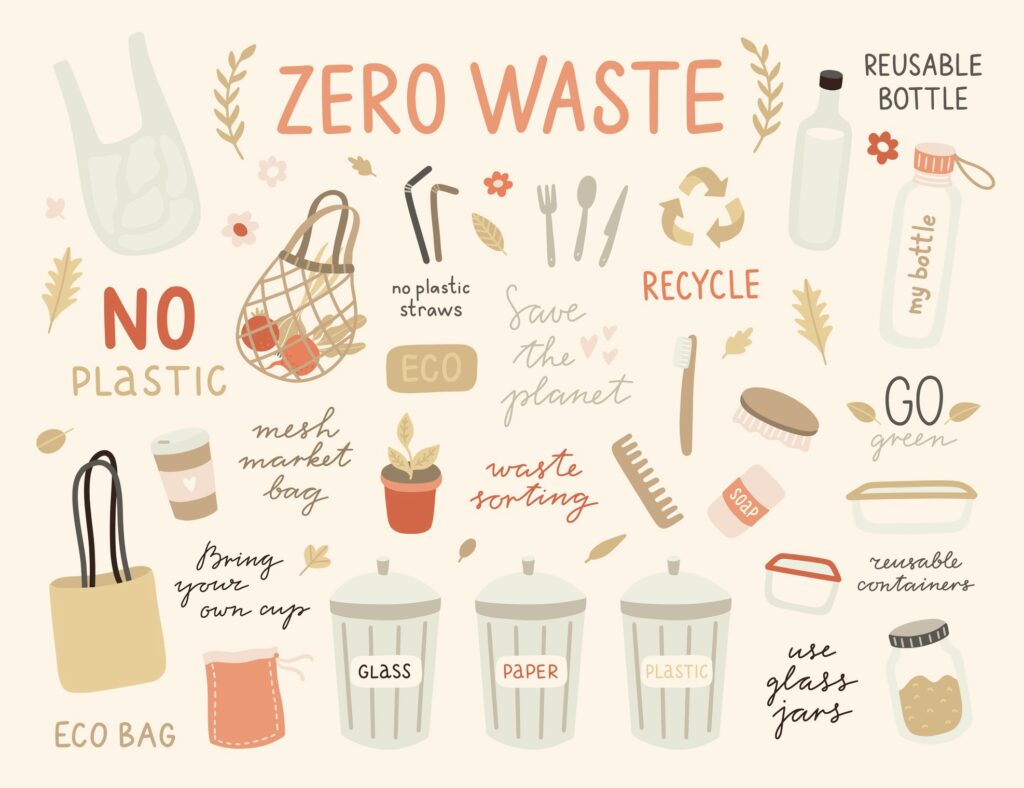Meta Description: Learn how to start a zero-waste kitchen with practical steps, eco-friendly tips, and sustainable habits.
URL Slug: /how-to-start-zero-waste-kitchen
Introduction
Have you ever opened your trash can after making dinner and wondered where all that waste comes from? From food packaging to leftovers and disposable utensils, kitchens are a major source of household waste. Starting a zero-waste kitchen isn’t just an eco-trend—it’s a lifestyle that can help save money, reduce environmental impact, and create a healthier home. In this guide, we’ll walk you through everything you need to know about starting your journey toward a zero-waste kitchen.
Understanding the Problem

According to the Environmental Protection Agency (EPA), food waste makes up about 21% of the waste stream in the U.S., with packaging and containers contributing significantly as well. Our kitchens, unfortunately, are hotspots for waste—from plastic wrappers to food spoilage.
- Single-use plastics and packaging account for a major portion of household garbage.
- Food waste leads to methane emissions in landfills—a potent greenhouse gas.
- Many households are unaware of the impact of small, daily habits.
Step-by-Step Guide to a Zero-Waste Kitchen
- Start with an Audit: Look at your current waste patterns. What are you throwing away the most?
- Switch to Reusables: Use cloth towels instead of paper, and glass containers instead of plastic.
- Buy in Bulk: Shop from bulk bins using your own containers to reduce packaging waste.
- Compost: Set up a compost bin for food scraps and biodegradable waste.
- Plan Meals: Reducing overbuying leads to less spoilage and food waste.
- Use What You Have: Get creative with leftovers to avoid throwing food away.
Best Practices and Sustainable Habits
- Choose whole, unpackaged foods when possible.
- Opt for items made from sustainable materials like bamboo, stainless steel, or glass.
- Support local farmers’ markets where food is often sold with minimal packaging.
- Store food properly to extend its life and prevent spoilage.
- Label and rotate pantry items to use them before they expire.
Common Mistakes to Avoid
- Going too fast: Zero-waste is a gradual transition, not a one-day overhaul.
- Buying all new “eco-products”: Use what you have first before purchasing new items.
- Overcomplicating recipes: Simple cooking reduces waste and energy use.
- Not involving family: A zero-waste home works best when everyone is on board.
Expert Insights
According to Bea Johnson, author of “Zero Waste Home,” reducing kitchen waste starts with refusing excess: “Refuse what you do not need, reduce what you do need, reuse what you consume, recycle what you cannot refuse, and rot (compost) the rest.”
Case studies from successful zero-waste households show that consistent habits like composting, bulk shopping, and mindful consumption lead to significant waste reductions over time.
Conclusion
Starting a zero-waste kitchen doesn’t have to be overwhelming. With small, consistent changes—like composting, reducing packaging, and mindful shopping—you can make a big impact. Not only will your home be more sustainable, but you’ll likely save money and reduce clutter in the process. Ready to get started? Comment below with your first zero-waste kitchen swap!
FAQs About Zero-Waste Kitchens
What is a zero-waste kitchen?
A zero-waste kitchen aims to eliminate trash by reusing materials, composting organic waste, and avoiding packaging.
How can I store food without plastic?
Use beeswax wraps, glass containers, silicone bags, and cloth covers to store leftovers and dry goods.
Is zero-waste cooking expensive?
It can actually save money by reducing waste and avoiding single-use items. Initial investments in reusables pay off over time.
Can I compost indoors?
Yes, indoor composting options like worm bins or countertop composters work well for small spaces.
Where can I shop zero-waste?
Bulk stores, farmers’ markets, and zero-waste online shops offer package-free options and reusable goods.